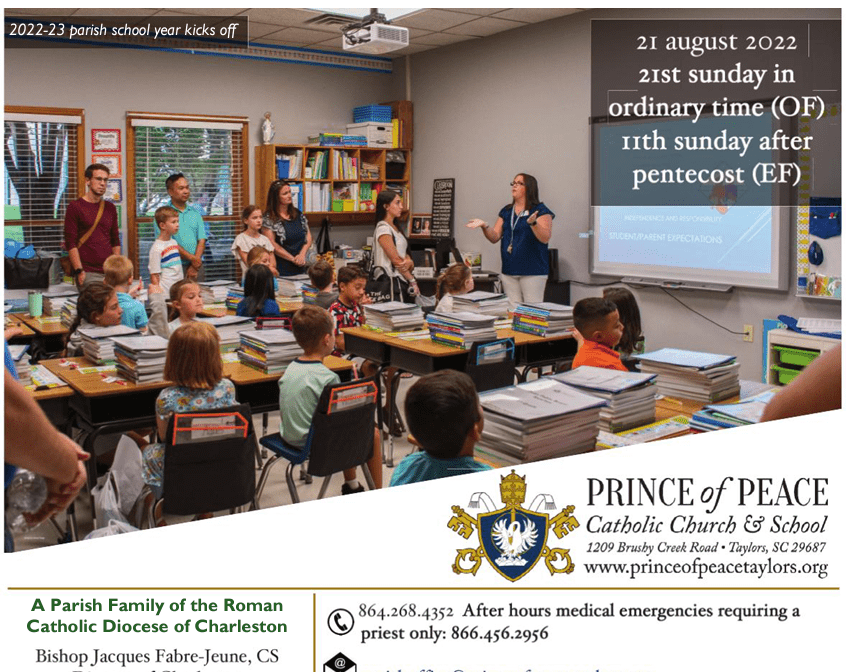
21 August 2022 Bulletin
Click to read this weekend’s bulletin: 21 August 2022 Bulletin

Click to read this weekend’s bulletin: 21 August 2022 Bulletin
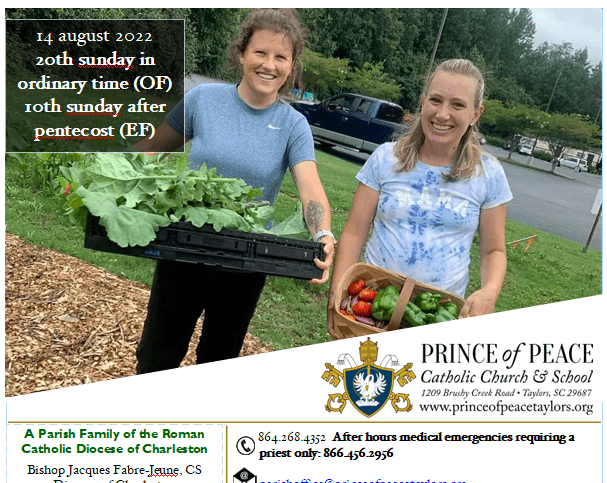
Click to read this week’s bulletin: 14 August 2022 Bulletin
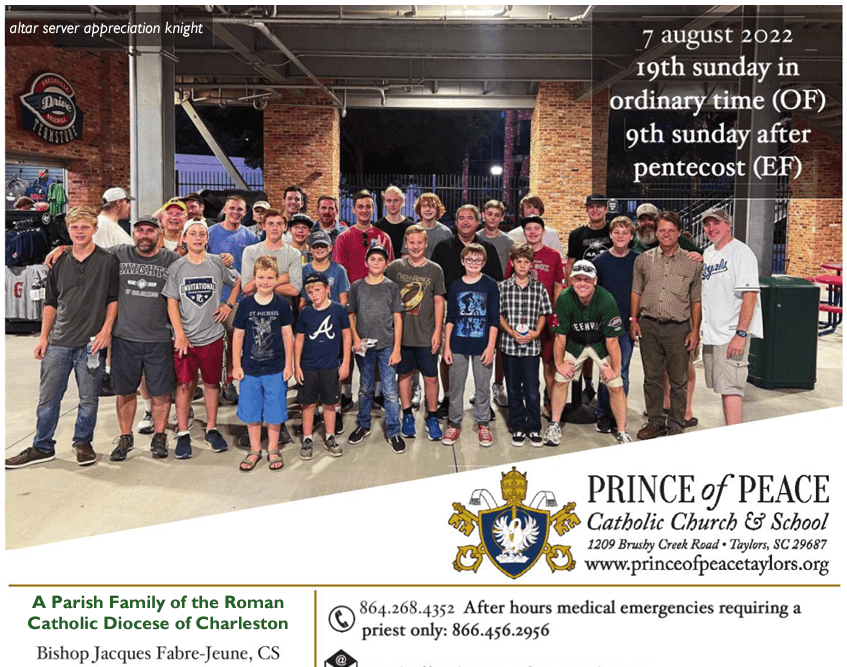
Click to read this week’s bulletin: 7 August 2022 Bulletin
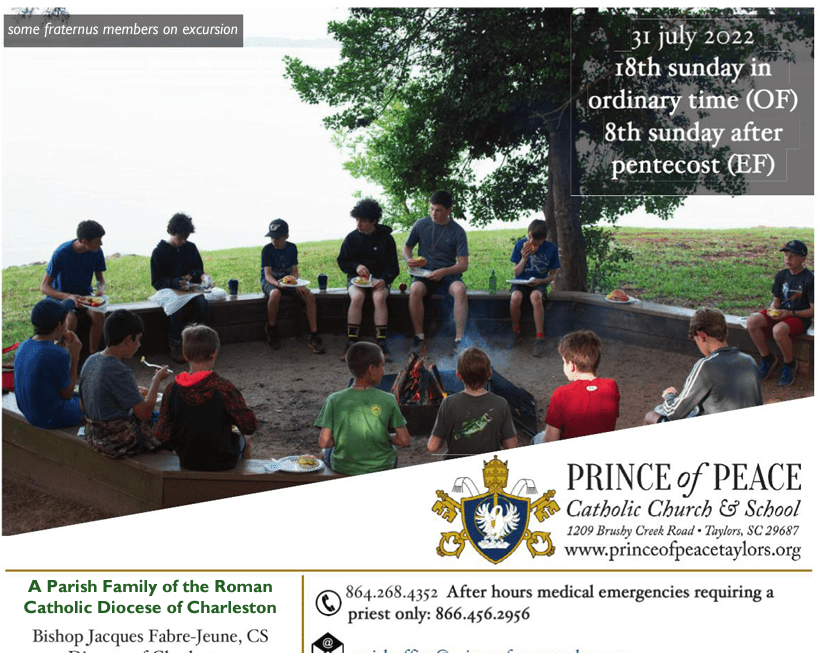
Click to read this weekend’s bulletin: 31 July 2022 Bulletin

Click to read this week’s bulletin: 24 July 2022 Bulletin
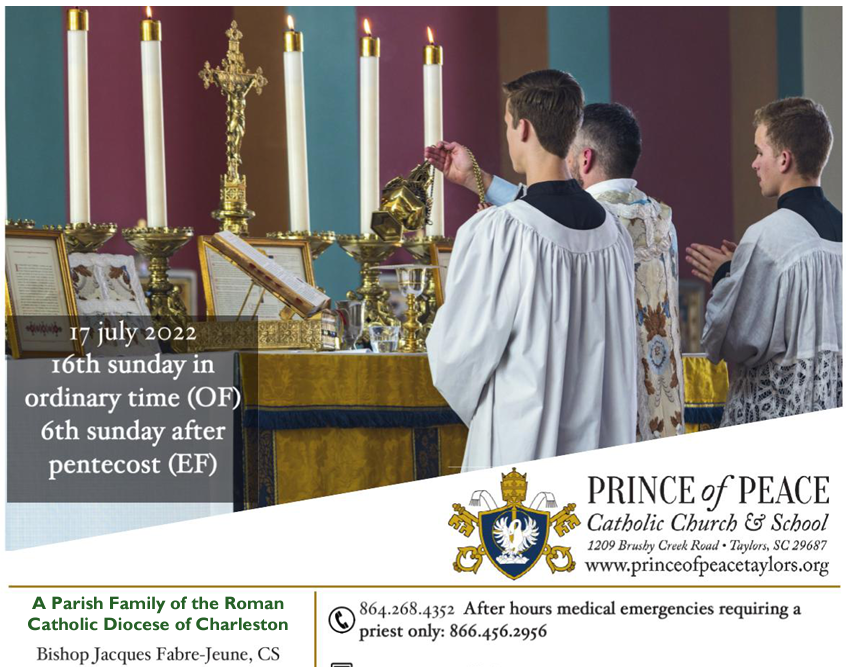
Click to read this weekend’s bulletin: 17 July 2022 Bulletin
Recent Comments